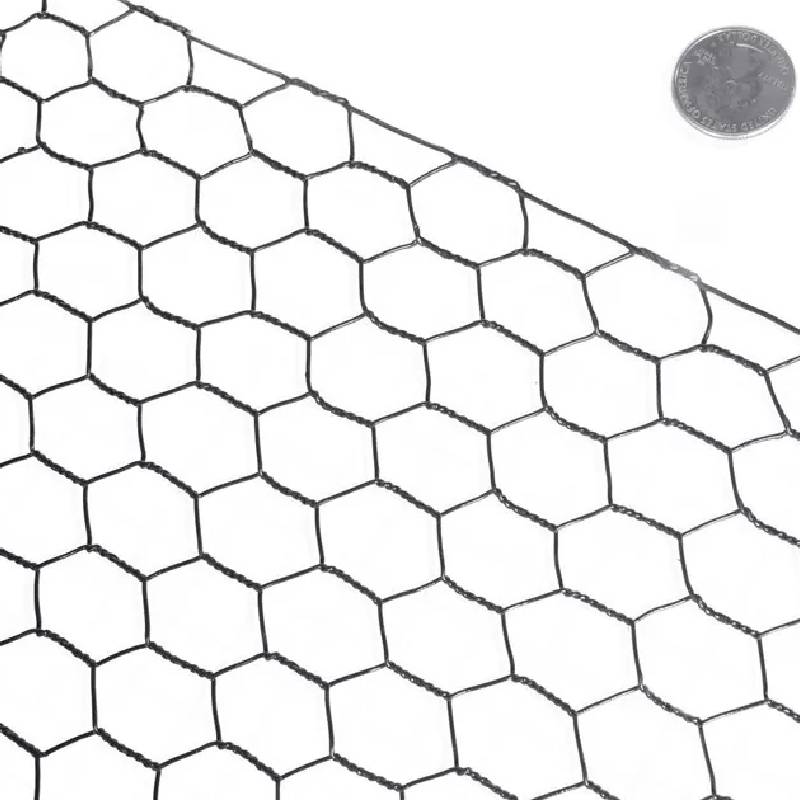
- Mobile Phone
- +8613931874955
- sales@cntcmetal.com
Understanding the Process of Manufacturing Springs in Various Industries and Applications
Manufacturing Springs An Overview of Techniques and Applications
Springs are essential components in a multitude of mechanical systems, serving as energy storage devices that absorb, store, and release energy when needed. The manufacturing of springs is a critical aspect of various industries, including automotive, aerospace, electronics, and machinery. This article delves into the techniques and processes involved in spring manufacturing, along with their diverse applications.
Types of Springs
Before exploring the manufacturing processes, it is vital to understand the different types of springs. The most common types include
1. Compression Springs These springs resist compressive forces and are often used in applications like automotive suspensions and mattresses. 2. Tension Springs Designed to absorb and store energy when pulled, tension springs are frequently utilized in products like garage doors and toys. 3. Torsion Springs These springs exert torque and are found in applications such as clothespins and hinges. 4. Flat Springs These are made from flat materials and are commonly used in applications requiring limited deflection, like clips and brackets.
Manufacturing Techniques
The manufacturing of springs involves several steps, with the following techniques being the most prevalent
1. Wire Forming This is the foundational process for springs. Springs are typically manufactured from wire using specialized machines that can bend and shape wire into desired forms. This process involves controlling the wire’s diameter, coil spacing, and overall shape. 2. Cold Coiling In this technique, wire is coiled into the spring shape at room temperature. Cold coiling is beneficial as it enhances the material’s strength and durability. This method is suitable for producing large volumes of compression and tension springs.
3. Hot Coiling For springs that require thicker wire or additional strength, hot coiling is used. The wire is heated before being coiled, allowing it to be shaped more easily. However, hot coiling can alter the material's properties, requiring subsequent heat treatment to restore strength.
manufacturing springs

4. Heat Treatment After coiling, most springs undergo heat treatment processes like quenching and tempering. Heat treatment is essential to achieve the desired mechanical properties, ensuring the spring can perform effectively under stress.
5. Finishing Processes Once springs are formed and treated, they may go through finishing processes such as shot peening, grinding, or coating. Shot peening enhances fatigue resistance, while coatings can prevent corrosion and improve aesthetics.
Applications of Springs
Springs play a pivotal role across various sectors
- Automotive Industry Springs are found in numerous automotive applications, including suspension systems, engines, and brakes. They help absorb shocks and maintain stability while driving. - Aerospace In the aerospace sector, springs are crucial for safety and functionality, used in landing gear, control surfaces, and various aircraft systems.
- Consumer Electronics From remote controls to keyboards, springs are integral to the operation of many electronic devices, allowing for tactile feedback and mechanical actions.
- Industrial Machinery Springs are used across a wide array of industrial machines for functions like tension control, shock absorption, and component alignment.
Conclusion
The manufacturing of springs is a nuanced process that combines engineering principles with the demands of high-quality production. With advancements in technology and materials science, the methods used in spring manufacturing continue to evolve, leading to improved performance and versatility. As industries grow and diversify, the importance of reliable, well-engineered springs will undoubtedly remain paramount in countless applications. Understanding the intricacies of manufacturing springs is essential for engineers and manufacturers aiming to innovate and excel in their respective fields.
share:
-
Your Source for Concrete Wall Ties and Masonry AccessoriesNewsJul.10,2025
-
Unlocking the Power of Iron Wire for Every ProjectNewsJul.10,2025
-
Explore Advanced Chain Wire and Stainless Steel Mesh FencingNewsJul.10,2025
-
Discover the Benefits of Annealed Wire ProductsNewsJul.10,2025
-
Discover China Stainless Steel Wire Mesh SolutionsNewsJul.10,2025
-
Build with Confidence Using High-Performance Masonry AccessoriesNewsJul.10,2025
-
Why Sacrificial Formwork Is Redefining Underground ConstructionNewsJun.06,2025



















